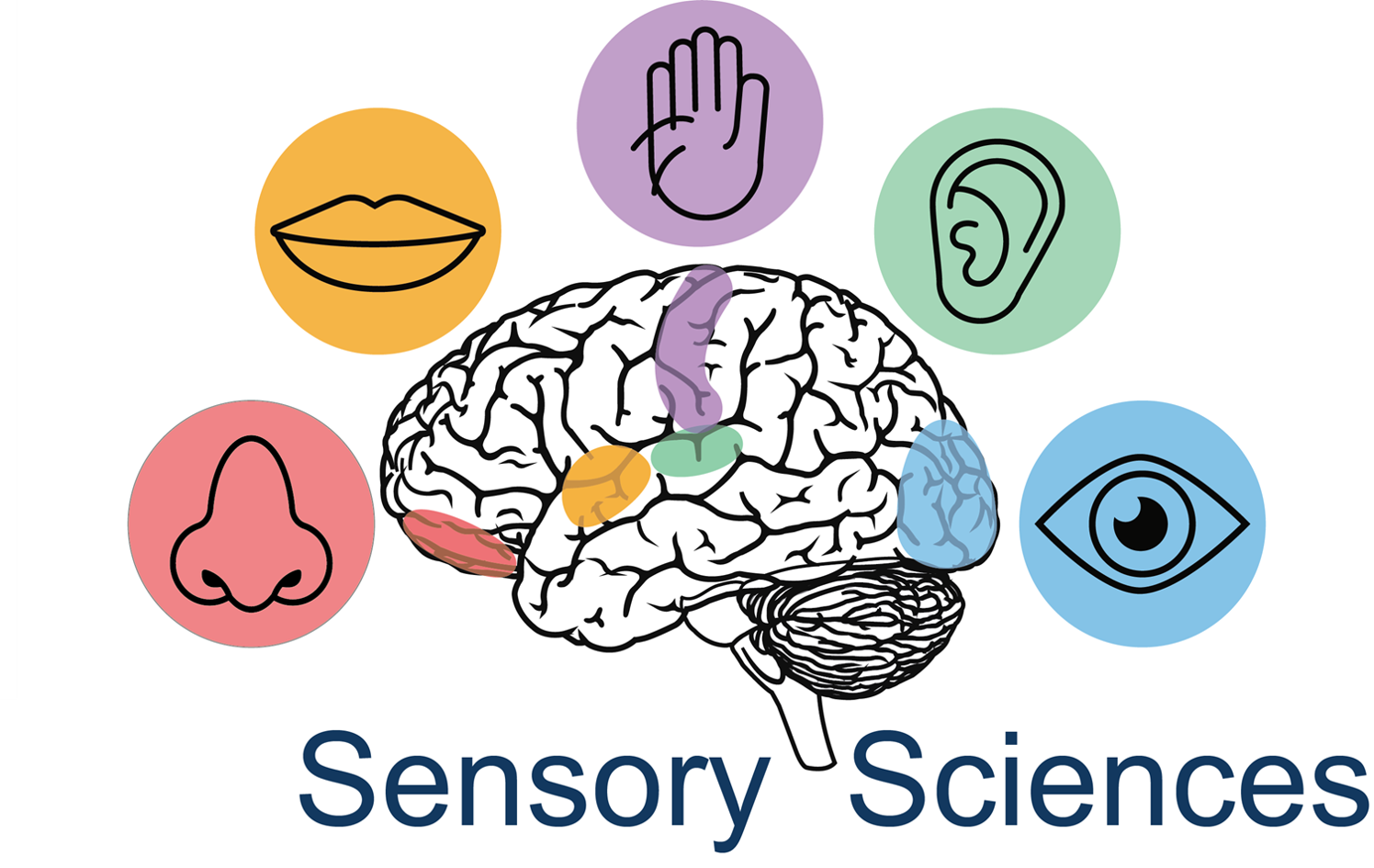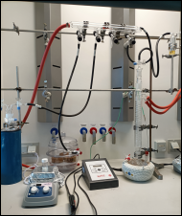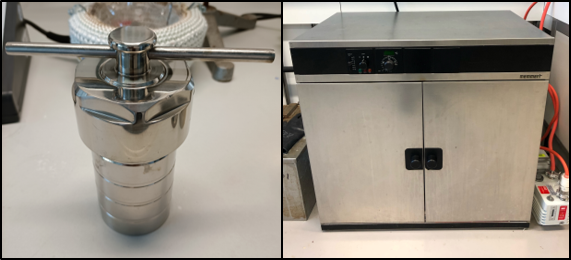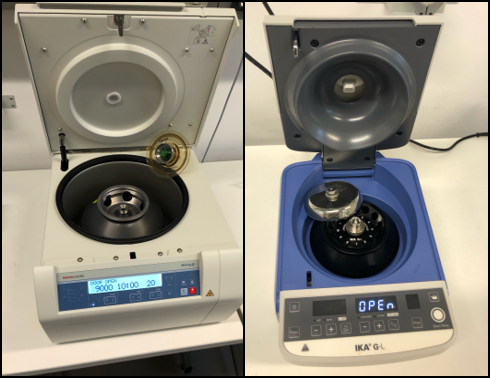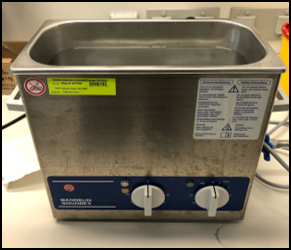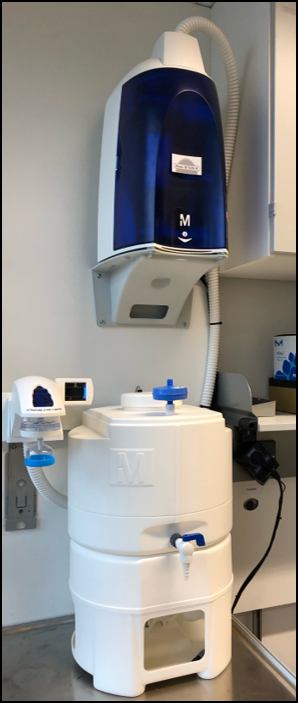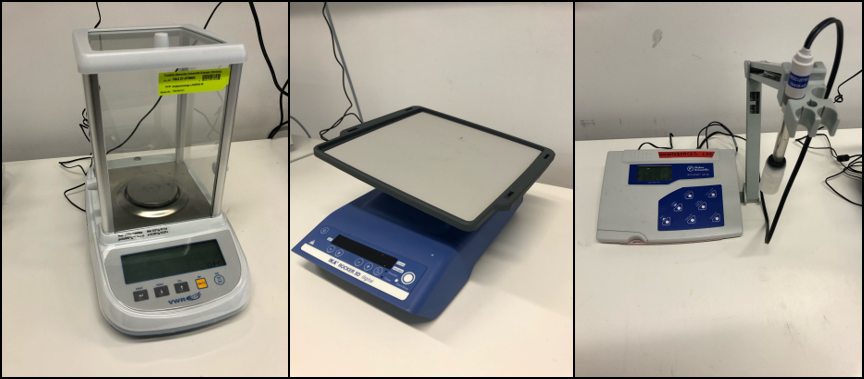Chemical Facilities
Depending on the aim of research, different extraction and isolation methods can be used. An important extraction method in odour analysis is distillation in a high vacuum, also known as SAFE (solvent-assisted flavour evaporation). SAFE is particularly well known for the gentle isolation of thermally fragile flavour compounds from complex matrices. In addition to classic liquid extraction, we also use various headspace extraction methods. These methods are especially suitable for the extraction of highly volatile substances.
We synthesize odor-active compounds, for instance to elucidate structure-odor or structure-bioactivity-relationships, or to use them as internal standards in quantitative analysis. Purification is achieved by application of column chromatography, amongst others. The synthesized target components are characterized by analytical parameters such as mass spectra, NMR spectra or retention indices.
In chemical analyses, we mainly focus on gas chromatography, but liquid chromatography is also important for certain applications. Our equipment includes:
-
- One- and two-dimensional (heart-cut) gas chromatographs with olfactory detection ports and mass spectrometers for the detection of odour-active compounds (GC-O/MS)
- Comprehensive two-dimensional gas chromatography coupled to time-of-flight-mass spectrometry (GCxGC-TOFMS)
- High-performance liquid chromatography coupled with mass spectrometry (LC-MS)
All instruments can be used with diverse application modes (e.g., liquid injection, thermodesorption, etc.).
